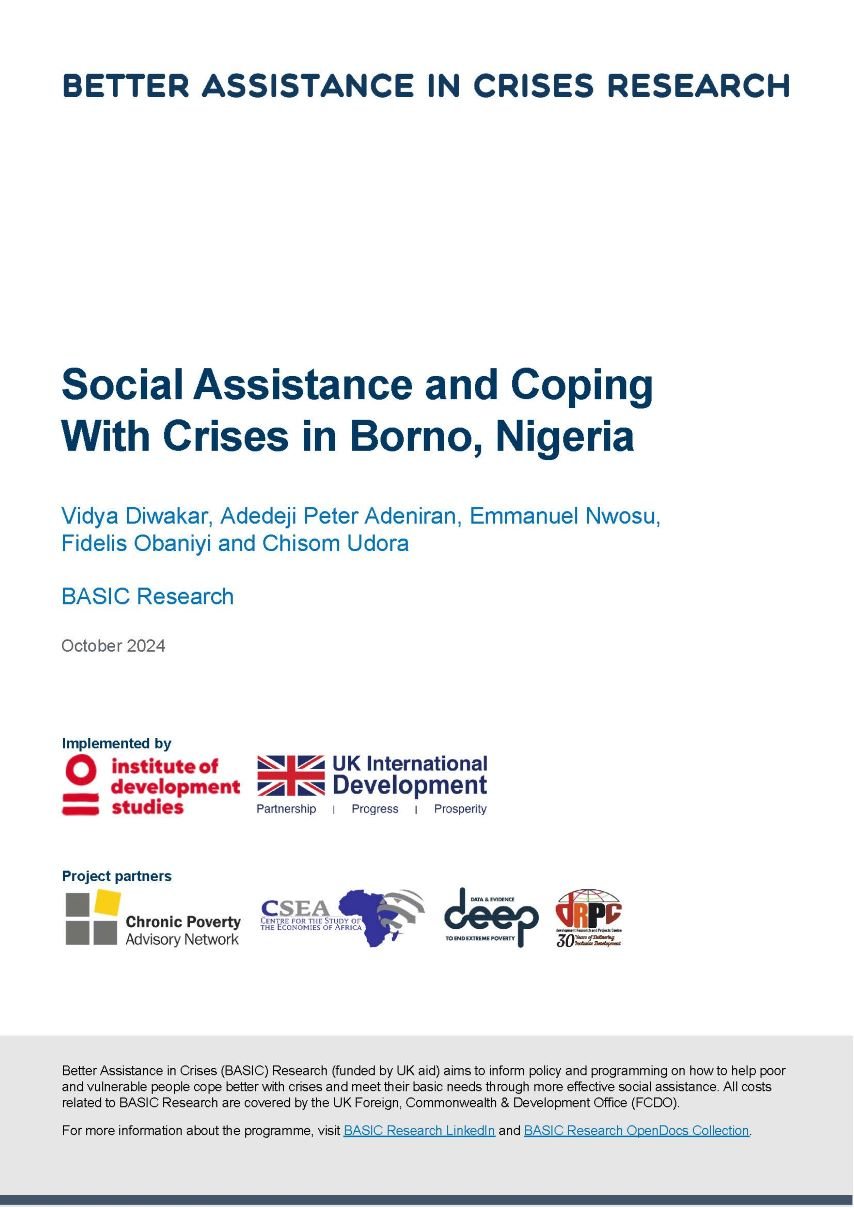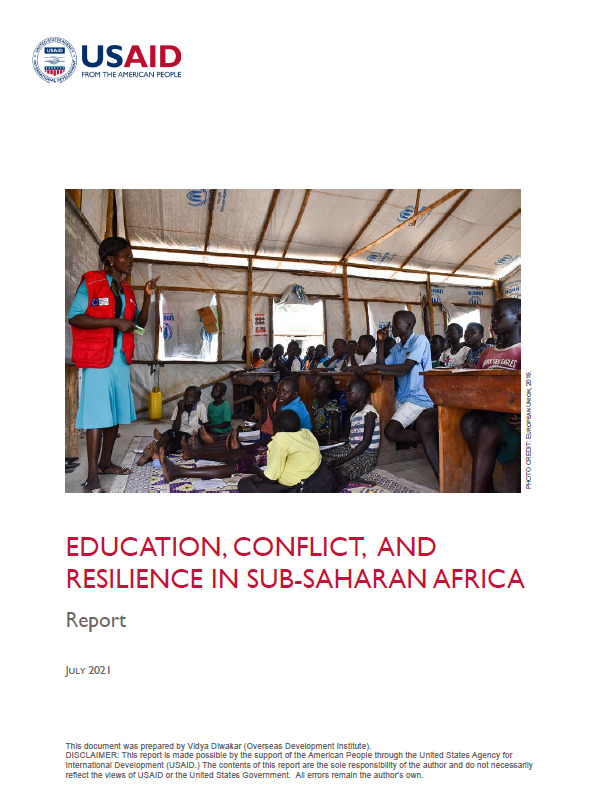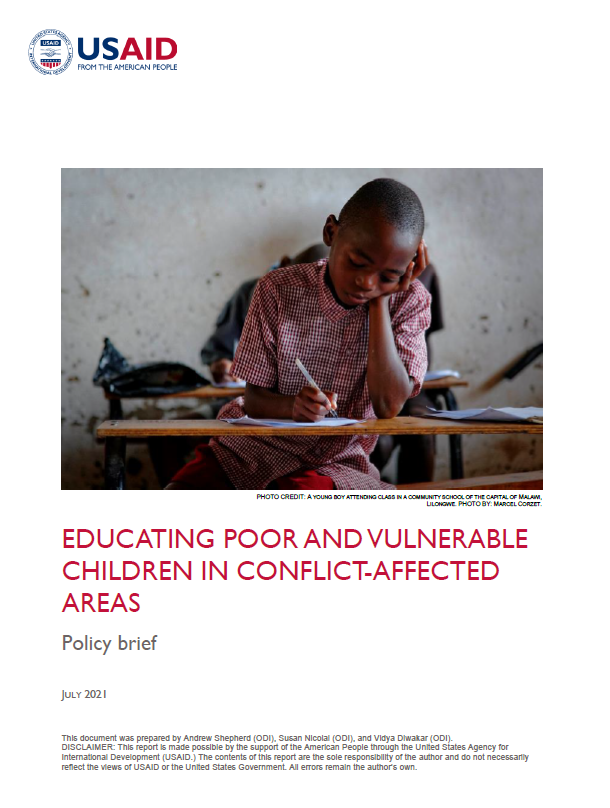This paper examines the relationship between social assistance, violent conflict, and intersecting crises, and considers how social assistance can help offset erosive forms of coping that could otherwise drive poverty and food insecurity.
To investigate these issues, the study draws on newly collected household data covering 1,000 survey respondents in 2023 from the Konduga and Maiduguri Municipal Council local government areas in Borno, Nigeria. Borno has been an epicentre for violence over the past 15 years, and has experienced a range of intersecting crises.
Study findings indicate that 43 per cent of households experienced disruptions to income or agriculture, or asset loss, either due to conflict, flooding, or drought. Of these households, 41 per cent reported that more than half of their income source was lost. Despite the negative effects of crises, only 1 in 10 households received social assistance in the year preceding the survey, mainly through non-governmental organisations. This indicates that social assistance is simply not getting through to the people who need it.
Perhaps as a result, households are increasingly drawing on negative and even erosive forms of coping – for example, by being less able to save, less able to make investments, and increasing reliance on loans that together could drive downward mobility. The paper concludes with broad-brush implications for social assistance programmes to become more effective amidst violence and climate-related disasters.
The paper is authored by Vidya Diwakar, Adedeji Peter Adeniran, Emmanuel Nwosu, Fidelis Obaniyi, Chisom Udora





